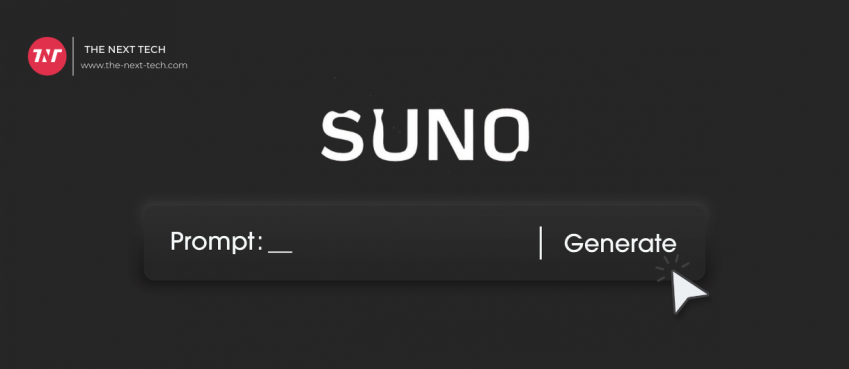
Once a hacker learns your email address, he can target your mailbox with a wide arsenal of techniques and tools. In turn, if you have the knowledge and protections in place to counter these attempts, you can easily make their efforts culminate in only wasted time and effort. And it won’t even require much on your part. This article will examine some of the biggest vulnerabilities you may face in your personal or professional email activity.
1. Brute Force Attack
If you’ve ever tried logging in to a service without knowing the password, and simply trying one version after another, you know the gist of a brute force attack. Nevertheless, hackers tend to try hundreds or thousands of combinations or as many as the login system allows them to input.
Fortunately, many modern email providers have implemented captchas and time/attempt-based restrictions on email accounts that make it supremely difficult to log in this way. Just make sure your password is complex and not easily guessed, and you can consider this threat practically dealt with.
Also read: 10 Best Android Development Tools that Every Developer should know2. Data Leak
The circumstances around a data leak are very important in identifying the cause and proper response. For example, if the contents of a particular email were leaked, it is possible that it was intercepted or sent to the wrong email address. If the leak included confidential information that you did not transmit via email, it is possible that an email led you to a phishing site, or your device was compromised through malware. You can secure the contents of your email messages even in your recipient’s inbox by sending password-protected emails and disclosing the email to your contact using a different method of communication.
3. Domain Impersonation
We are well beyond the days when an average email user will believe any text in the mail that lands in their mailbox. Since society has adapted to be suspicious of unknown senders or strange requests, hackers have resorted to impersonating people or organizations that users trust, and formulating requests that at least sound plausible.
One way this is done is via spoofing – manipulating email fields to look like a message was sent from an address that does not match the true address. Another approach is via email sent from domains that resemble true websites. For example, a domain like “google . com” might be impersonated by replacing the “l” with the number 1 (“goog1e . com”), creating the tiniest distinction some users might not notice.
4. Directory Harvesting
A directory harvest attack (DHA) is somewhat similar to brute force, except that an attacker is trying to guess your email address instead of the password. While it might be difficult to achieve for personal mailboxes, DHAs are much more common and effective in corporate circles, when the attacker already knows the domain name of the company and the name of the employee. After guessing this unpublicized address, they can start targeting it with seemingly relevant requests that the user may not investigate (believing that their address is known only to company employees).
5. Improper Server Configuration
Even the strongest-protected email account can become vulnerable if there are flaws in the system holding it. With an improper configuration of a mail server, a company or person can leave their back end vulnerable to hacks, and things can go downhill without even obvious signs that any breach has occurred.
Top 10 News
-
01
[10 BEST] AI Influencer Generator Apps Trending Right Now
Monday March 17, 2025
-
02
The 10 Best Companies Providing Electric Fencing For Busines...
Tuesday March 11, 2025
-
03
Top 10 Social Security Fairness Act Benefits In 2025
Wednesday March 5, 2025
-
04
Top 10 AI Infrastructure Companies In The World
Tuesday February 11, 2025
-
05
What Are Top 10 Blood Thinners To Minimize Heart Disease?
Wednesday January 22, 2025
-
06
10 Top-Rated AI Hugging Video Generator (Turn Images Into Ki...
Monday December 23, 2024
-
07
10 Top-Rated Face Swap AI Tools (Swap Photo & Video Ins...
Friday December 20, 2024
-
08
10 Exciting iPhone 16 Features You Can Try Right Now
Tuesday November 19, 2024
-
09
10 Best Anatomy Apps For Physiologist Beginners
Tuesday November 12, 2024
-
10
Top 10 Websites And Apps Like Thumbtack
Tuesday November 5, 2024







